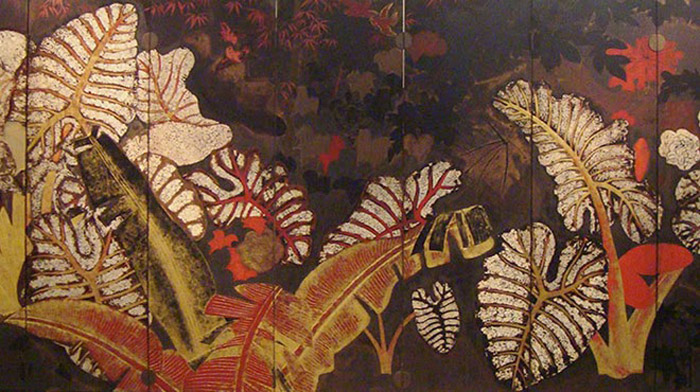Lacquered items have been found in ancient tombs in Vietnam dating as far back as the third and fourth centuries B.C. Over the centuries, Vietnamese master craftsmen and artists have mastered techniques using lacquer for purpose of decoration and preservation. Lacquer paintings now can compete successfully with silk and oil paintings and have the unique character of this style of painting.
Artistic Characteristics:
Lacquer traditionally comes in three colors – brown, black and vermilion. By the 1930s, artists started to use a new technique known as chiseling which gives a richer mix of colors and an added sense of size and distance..
The painting is done on wood. It is covered with a piece of cloth glued to it using the sap of the lacquer tree and then coated with a layer of the sap mixed with earth. The board is then sand papered and recoated with a layer of hot sap. After polishing, this gives a smooth black surface with a brilliant luster.
The painter uses hot lacquer to draw the outline of a picture and the colors are applied one by one, layer upon layer. Each coat dries slowly.
The finishing touches consist of polishing and washing the pictures. This process may seem like brutal treatment for a work of art, but it is done with great care. This process leaves a brilliant surface on a painting.



